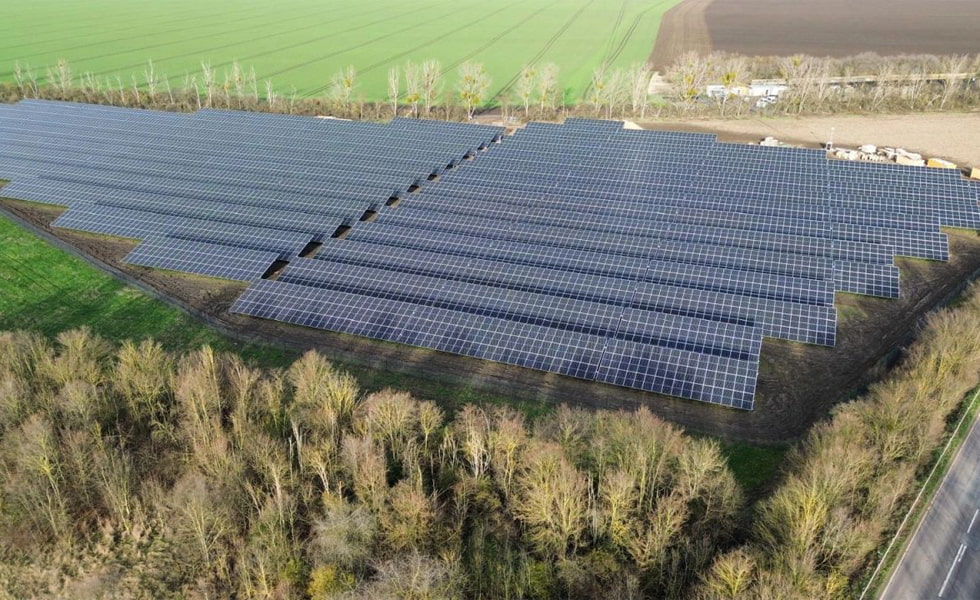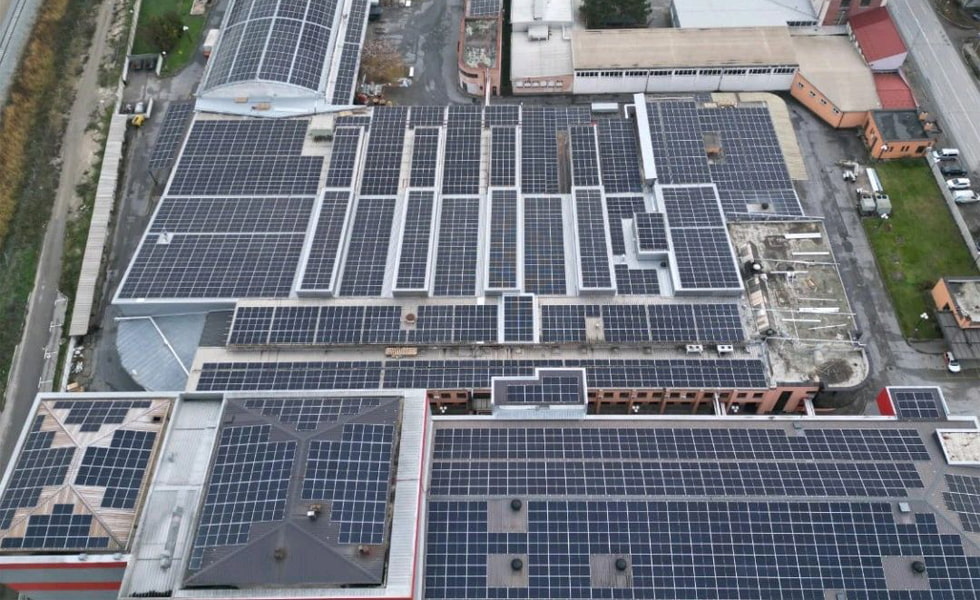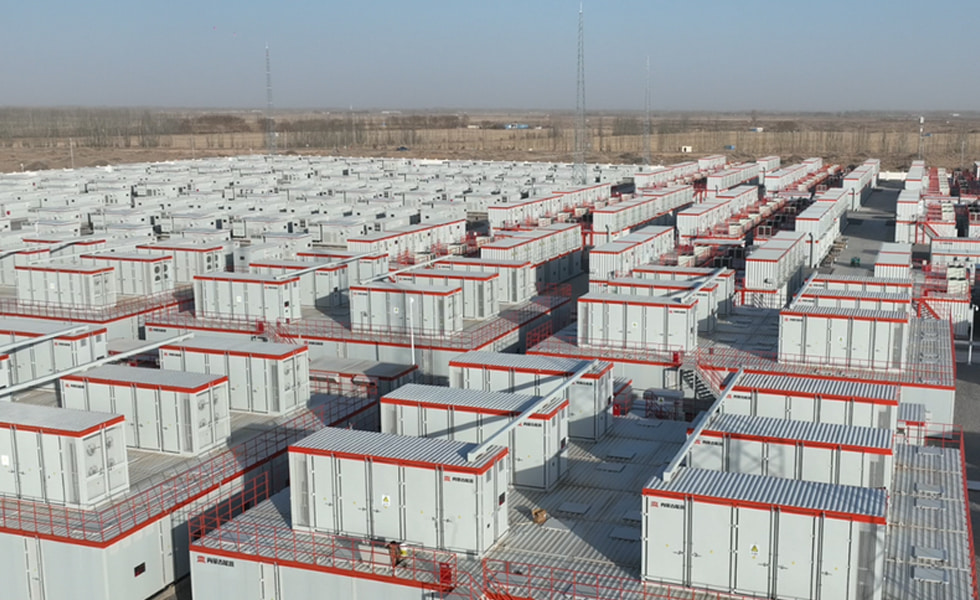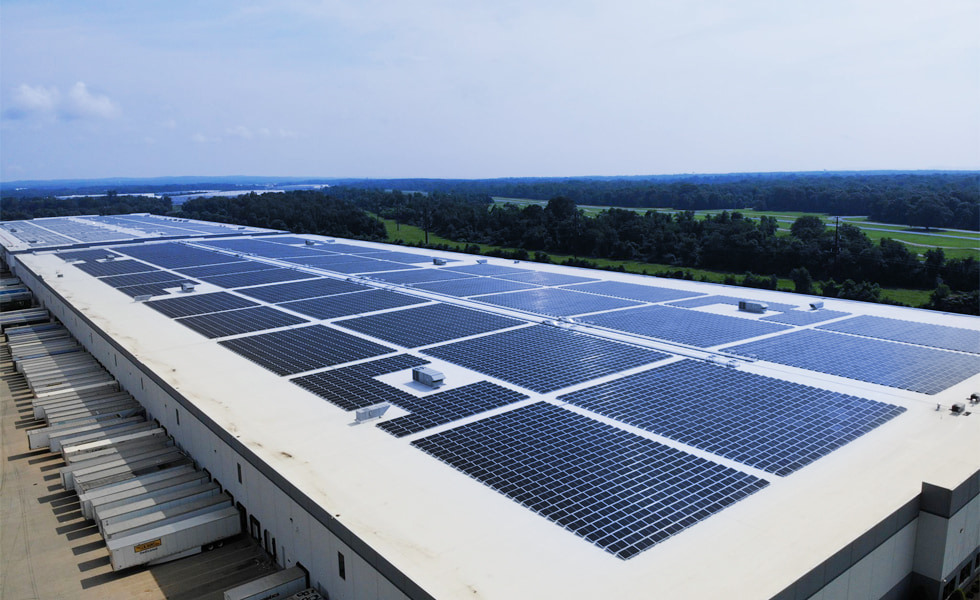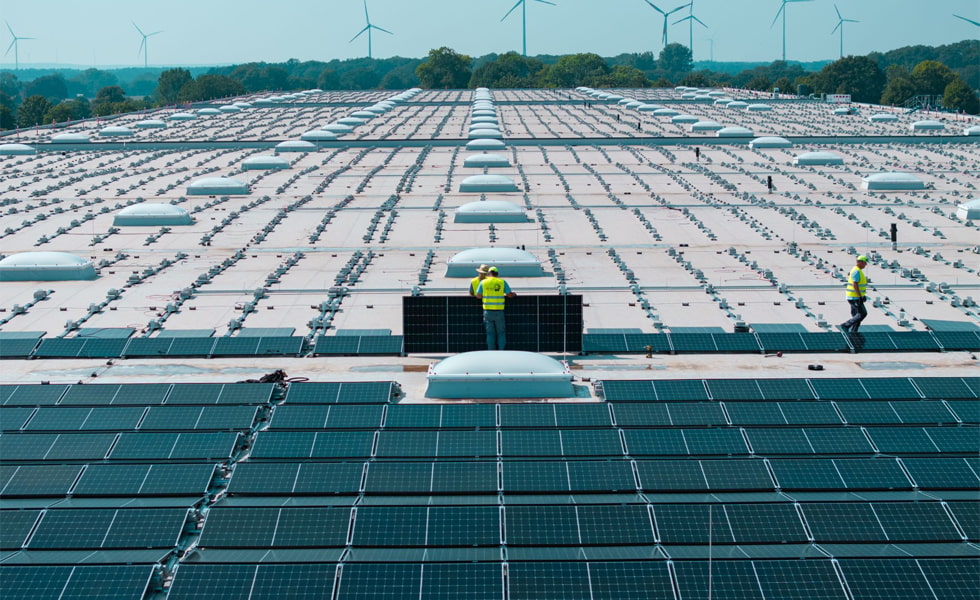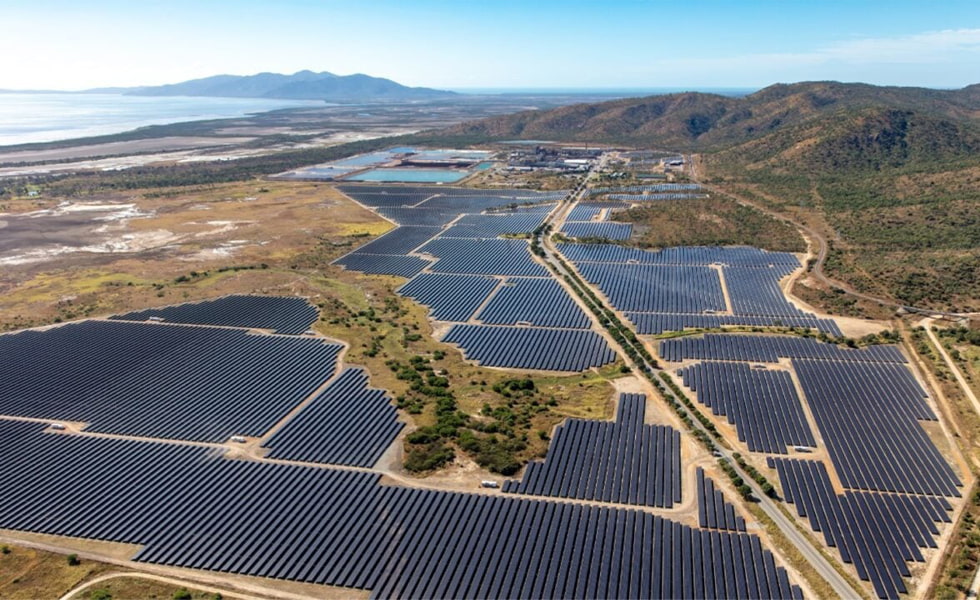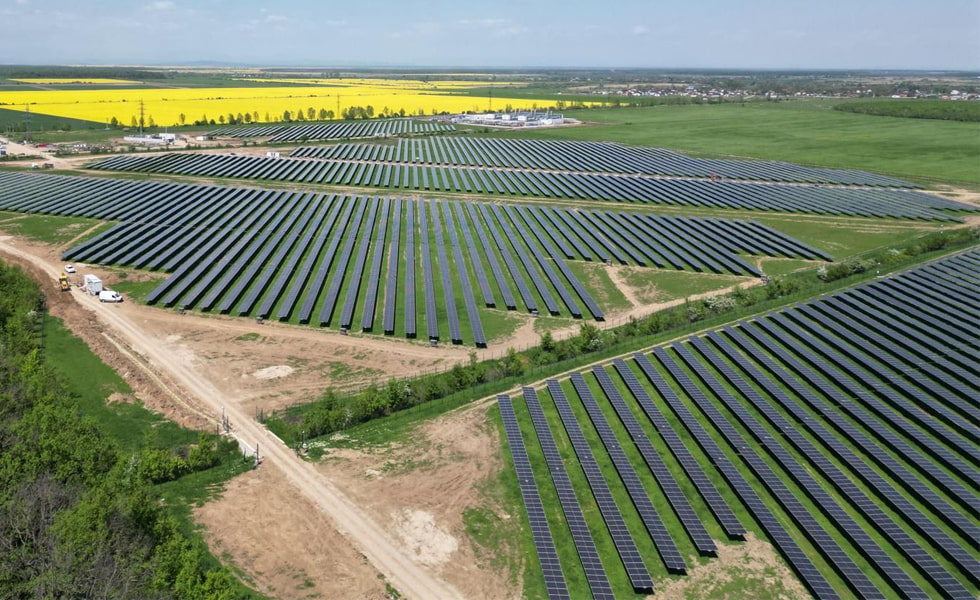Italy's latest tender: 7.69GW of photovoltaic power, HJT and other modules can enjoy an additional 5% premium.
December 09, 2025
As part of the first tender for Italy's Fonti di Energia Rinnovabile (FER)X transition program, the Italian government has awarded 7.698 GW of capacity to 474 solar photovoltaic (PV) projects. Organized by the Italian energy management agency, Gestore dei Servizi Energetici (GSE), the average price of electricity (EPI) for successful solar projects was €56.825/MWh. The highest winning bid was €62.675/MWh, and almost all of the nearly 8 GW of available solar capacity was allocated. In contrast, only 29 wind power projects, totaling 940 MW, were awarded capacity in the tender, with an average price of €72.851/MWh. Another difference between solar PV and wind power projects is that one-third of the successful wind power projects were renovation projects—including upgrades and expansions—accounting for more than half of the total 940 MW capacity. Of the approved solar projects, only one was an upgrade or expansion project. According to the FER X tender plan, 473 new projects will commence construction. Most solar projects also have relatively small installed capacities, with 353 projects having a capacity of 10MW or less, accounting for 74.5% of the approved solar projects. In contrast, the wind power sector is different, with 75.9% of projects having a capacity between 10 and 50MW. Although the number of solar projects approved in the tender for a capacity exceeding 50MW was the smallest, with only 47 projects approved, these projects account for over 4GW of installed capacity, far exceeding all technology types and project sizes. The largest approved solar project is a 300MW power plant project located in Castel Di Iudica, Catania, Sicily. The completion of this tender means that most bidding projects have secured capacity allocations; in September, a total of 12 GW of renewable energy capacity (particularly 10 GW of solar photovoltaic capacity) participated in the bidding, aiming to obtain government Contracts for Difference (CfDs). Filling the “Gap” in Italy’s Energy Structure “GSE plays a central role in our country’s energy transition,” said GSE President Paolo Arrigoni at an energy event in Italy this week. “It is transforming from a mere incentive manager into a promoter and facilitator of the energy transition.” However, Arrigoni pointed out that GSE remains committed to bringing more renewable energy capacity into operation in Italy. He mentioned that as of October 2024, Italy will have approximately 80 GW of renewable energy capacity in operation, while the deployment target for 2030 is 131 GW, leaving a “gap” of 51 GW of renewable energy capacity. This shortfall will be partially filled by the second round of FERX tenders, which aims to award projects using cells, modules, and components not manufactured in China, and covers technologies such as heterojunction (HJT). In the sec...
